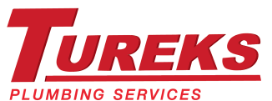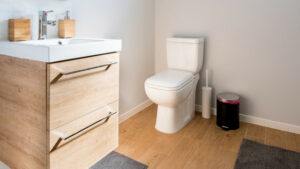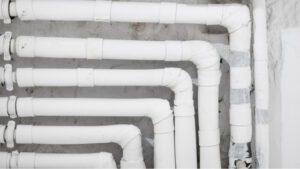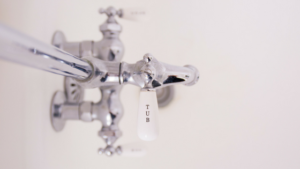5 Common Sewer Line Problems And Signs You Have Them
Your residential sewer line plays a crucial role in allowing you to have a hygienic and healthy home. When your sewer line is blocked, broken, or has certain issues, this will affect the entire main line of your home plumbing system.
Here are the five common sewer line problems you may encounter and signs that you have these issues:
Blockage
Sewer lines can become blocked if you keep throwing grease and oil down the sink and flushing objects that shouldn’t be flushed, such as diapers and tampons. The blockage will then restrict water flow in your sewer line.
Common signs that indicate you have a blocked sewer line are:
- Loud gurgling noises in the pipes
- The drains are working slower
- Water is backing up into the lowest drains of your home
Broken, collapsed and skewed pipes
Old residential sewer lines especially those produced before the ‘90s were made of clay or poor-quality plastic pipes. These fixtures become weaker and brittle as the years go by.
If these pipes are not replaced, they will be broken by the shifting of frozen ground or soil surrounding the sewer lines. They can be broken by tree roots as well.
Deteriorated pipes can cause sewer backup. As such, you will also observe water backing up and your drains working slower if your sewer line pipes are damaged.
Tree root infestation
Tree roots naturally gravitate towards areas where water sits to find nutrients. If the sewer line is close enough, roots may grow directly into the pipes. The roots will enter through cracks, crevices, and holes.
Tree root infestations can cause water to back up and overflow. This is one of the biggest plumbing problems you may encounter and often requires major repairs.
Pipe corrosion
Iron pipes last for about 15 to 20 years. After that, they can rust and break open.
Pipe corrosion can also be hastened by the mineral content of the water flowing through the pipe. Its location (behind walls or underground) will speed up its deterioration as well.
If you are experiencing frequent drain backup, your sewer line may already be corroded.
Blocked house trap
A house or plumbing trap is a specially designed fitting shaped like a U which prevents odors from coming out of a city line. It contains water which acts as a natural barrier that blocks odors from escaping and preventing any of them from entering the home.
In case objects such as diapers and tampons are caught in the belly of the trap, the entire system may start to malfunction.
A bad smell coming from your drains can indicate that you have this sewer line issue.
So, knowing the common sewer line problems and their signs is one thing; dealing with them is another. Fixing these issues can be time consuming, complicated, and dirty job. As such, it is best to call plumbing experts immediately when you notice these plumbing problem signs.




 Do I Need a Whole House Filter?
Do I Need a Whole House Filter?